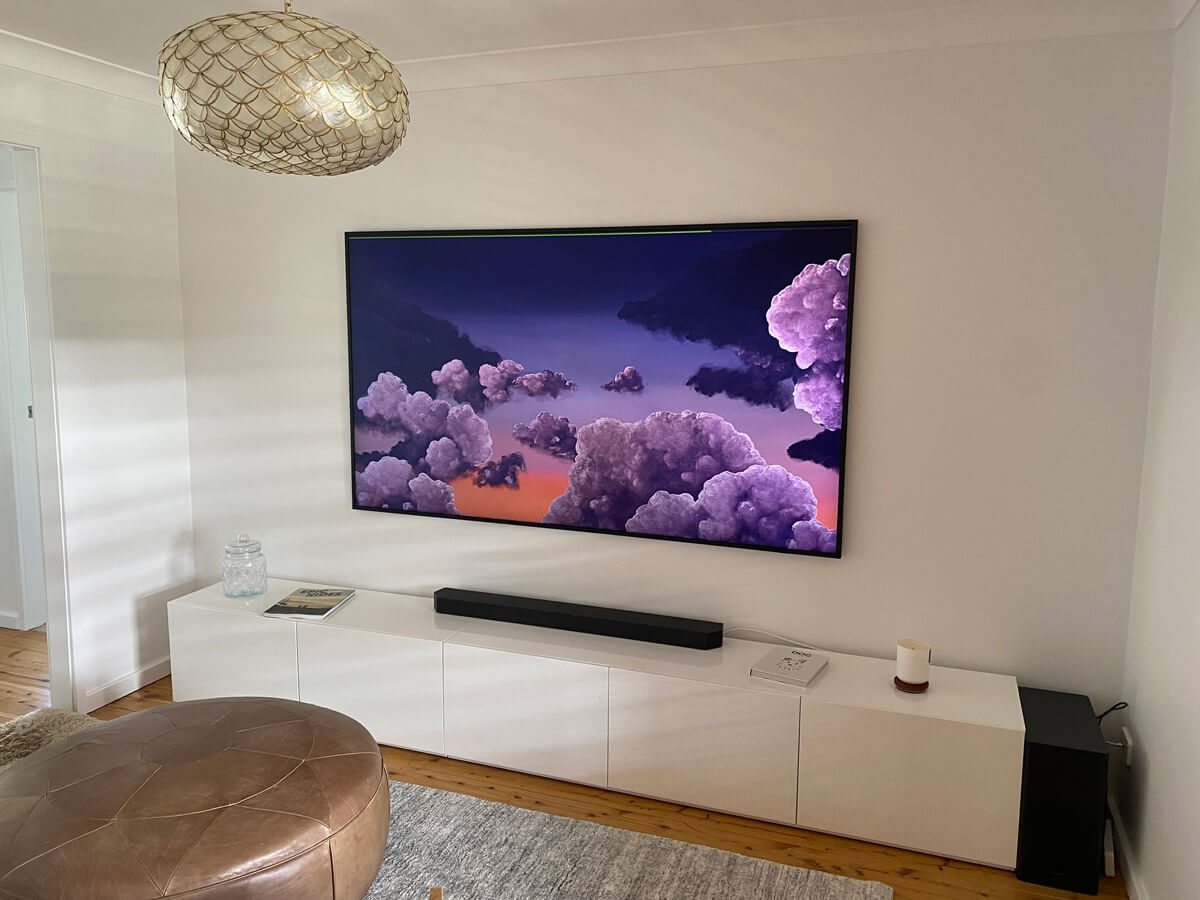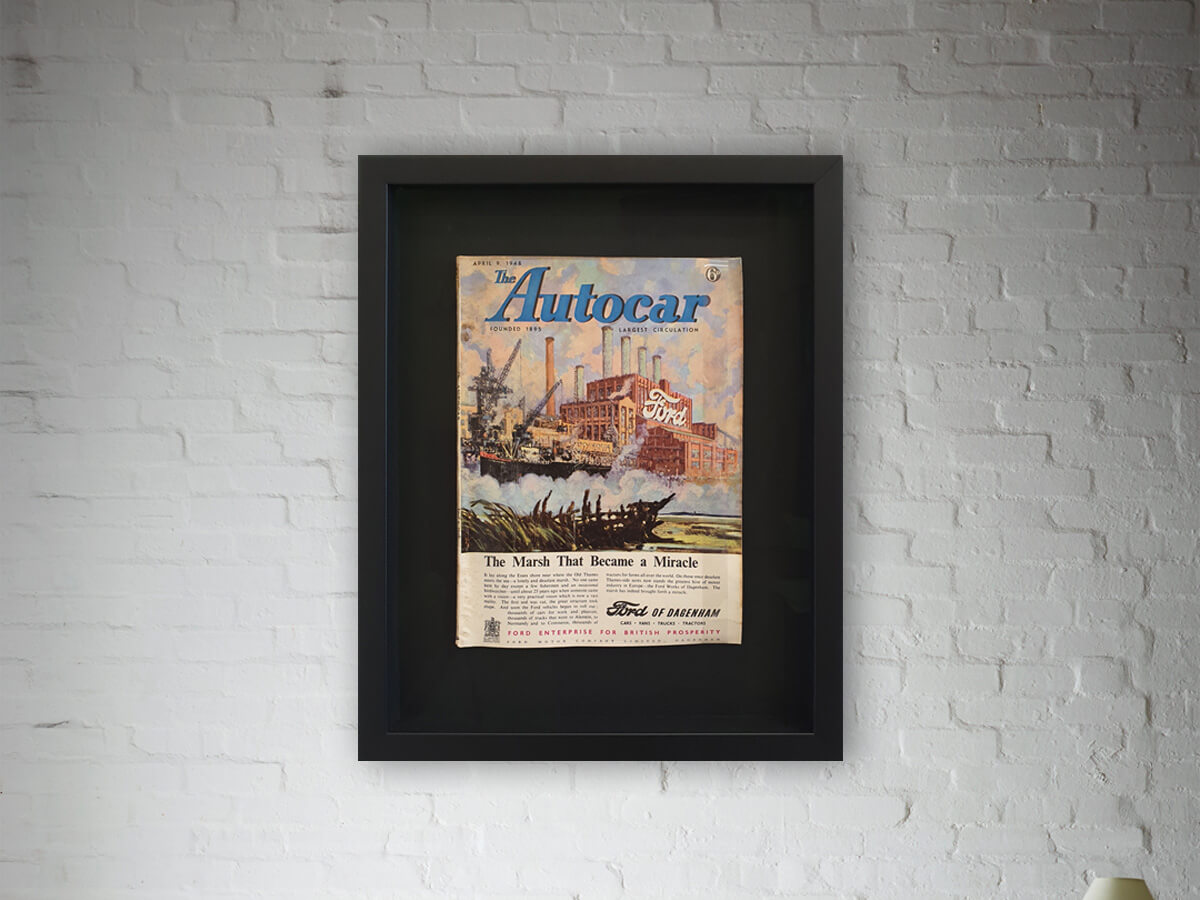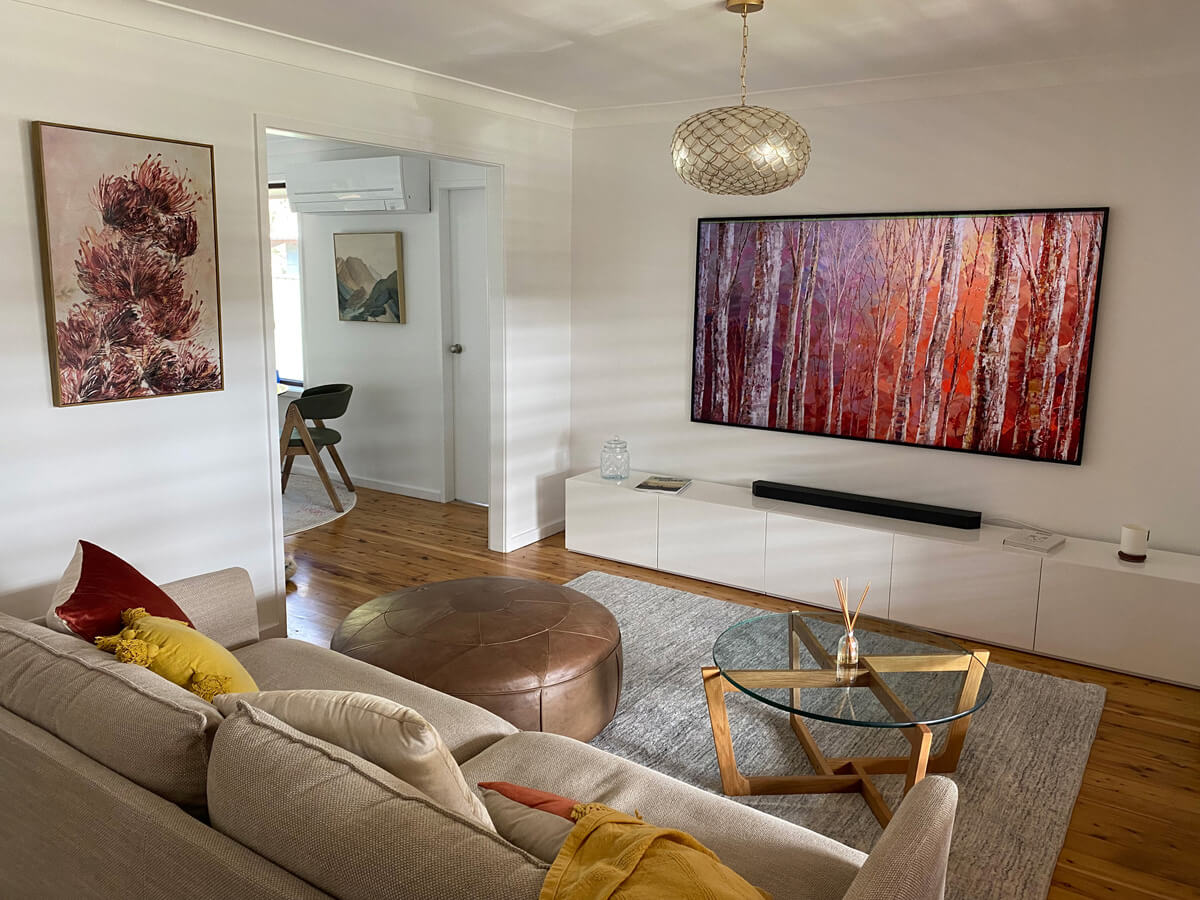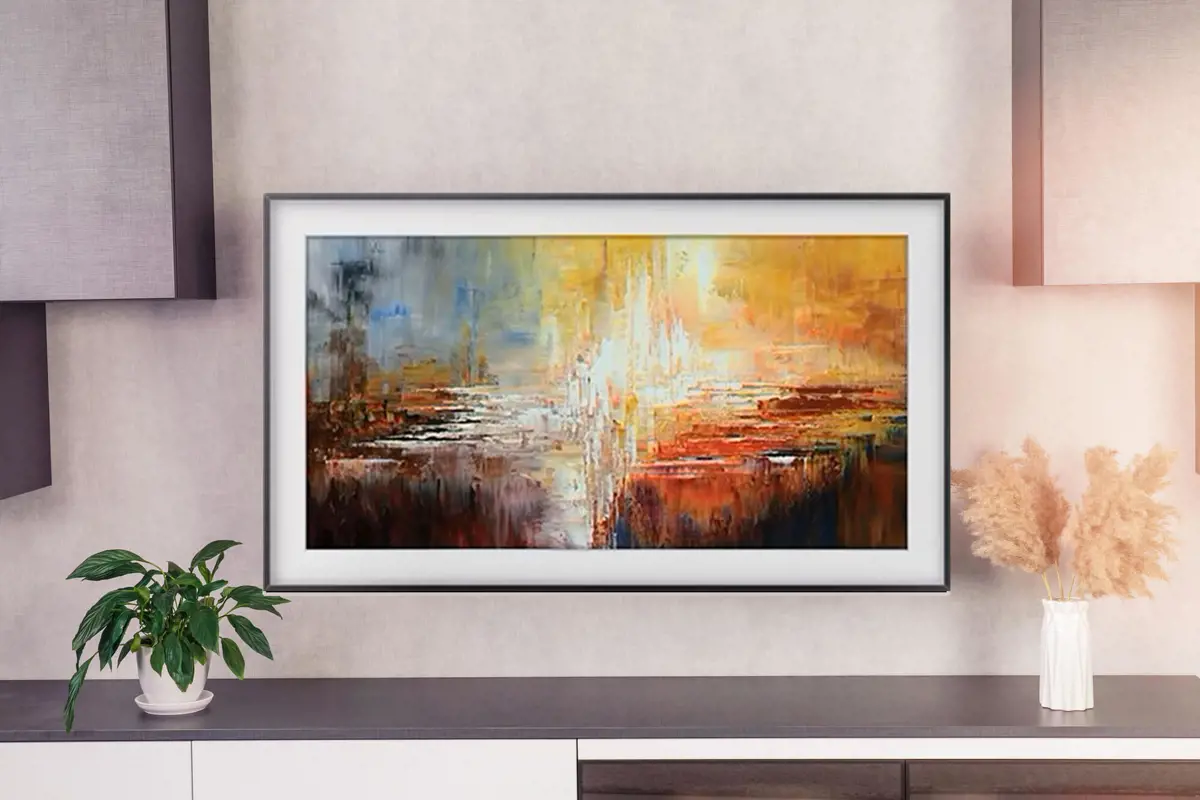In the world of home decor, technology and art are merging in ways never seen before. One of the most exciting developments is the rise of the Picture Frame TV, especially popularised by products like the Samsung The Frame TV. These TVs serve dual purposes—offering a traditional entertainment screen while doubling as elegant framed pictures when not in use. But how does this modern innovation stack up against the classic beauty of traditional picture frames? In this article, we will explore the benefits and challenges of replacing traditional wall frames with frame TVs, helping you decide which option is best for your home.
What is a Frame TV?
Before diving into the comparison, it’s important to understand what exactly a frame TV is. A frame TV, such as Samsungs The Frame TV, is a television designed to look like a framed piece of art when not in use. The screen displays customisable art or photos, blending seamlessly into your decor. This eliminates the need for a large black box on your wall, offering a cleaner, more aesthetic approach to wall-mounted entertainment.
Benefits of a Picture Frame TV

1. Dual Functionality
The most significant advantage of a picture frame TV is its dual functionality. When turned off, it transforms into a beautiful piece of wall art. Whether you prefer digital art, family photos or famous masterpieces, a picture frame TV can display it all. This feature makes it ideal for those who want their entertainment systems to blend into their decor rather than dominate it.
Art Mode: Samsung's Frame TV, for example, offers an "Art Mode" that allows the screen to mimic the texture and appearance of real artwork. You can select from thousands of works of art or upload your personal photos, giving you complete control over what’s displayed on your wall.
2. Space-Saving Solution
Traditional frames require wall space and the more frames you have the more cluttered your walls can become. A picture frame TV, however, takes up the same space as a television but serves as decor when not in use. For small apartments or minimalist homes, this space-saving solution can make a big difference.
3. Customisable Appearance
Just like traditional frames, a picture frame TV comes with customisable frame options. For example, Samsung Frame TVs allows you to add your own picture frame so you can choose from different frame colours and styles, allowing you to match your TV to your room’s aesthetic. Whether you prefer a sleek modern look or a classic wood frame, you can create a seamless appearance that complements your overall design.
4. Eliminates TV Eyesore
Many homeowners struggle with the design challenge of incorporating a TV into their decor. With a picture frame TV, there’s no need to design around the television—it becomes part of the room’s art display. This makes your living space look cohesive and intentional.
Challenges of a Picture Frame TV
1. Cost
One of the biggest drawbacks of a picture frame TV is the price. A product like the Samsung Frame TV is significantly more expensive than a traditional television, not to mention the cost of the frames and accessories that may be required to get the desired look. Unless you load your own photos or artwork, you may need a paid subscription to access a range of artwork. If you’re looking for an affordable way to display artwork on your walls, investing in a picture frame TV may not be the most economical option.
2. Digital vs Real Art
While picture frame TVs allow you to display digital art, they don’t replicate the experience of viewing real, tangible artwork. Traditional picture frames allow you to showcase original pieces or prints that have texture, colour depth and a unique presence. Some homeowners may prefer the authenticity and warmth of real art, as it can have a personal or emotional connection that a screen cannot replicate.
3. Energy Consumption
Although picture frame TVs are designed to be energy efficient, they still consume electricity even when displaying art. If you're using the TV primarily as a display for artwork, you’ll need to factor in ongoing energy costs. In contrast, traditional picture frames have no energy costs after purchase.
4. Limited Frame Size
While picture frame TVs are available in a range of sizes, they are limited by the screen size of the TV itself. If you’re someone who enjoys the flexibility of displaying various-sized artwork, you might find this restrictive. Traditional frames come in a wide variety of sizes and formats, from panoramic to square, allowing for more creativity in arranging your wall.
Benefits of Traditional Picture Frames

1. Affordability
Traditional picture frames come in a wide range of price points, making them accessible for almost any budget. You can choose from inexpensive, mass-produced ready-made frames or invest in high quality custom frames that suit your specific artwork. This flexibility in pricing makes traditional frames a more affordable option compared to the steep price tag of a picture frame TV.
2. Personalisation
When you use traditional frames, you have complete control over the material, size and design. You can frame anything from photographs to posters to paintings, and arrange them in a way that tells a story or reflects your personal style. A picture frame TV may offer limited customisation, but it can’t match the versatility and quality of a real, framed piece of art.
3. Sentimental Value
Framing personal photos, certificates or meaningful artwork creates a sense of nostalgia and sentimentality. Unlike a digital display, traditional picture frames can become heirlooms, passed down through generations. The experience of physically hanging and interacting with framed photos or art adds a deeper emotional connection than simply uploading digital files.
4. Variety and Depth
Traditional frames offer a wide variety of shapes, colours, materials, textures and styles. You can choose ornate frames for classic artwork or sleek, modern frames for contemporary designs. Picture frame TVs offer some customisation, but the depth and variety available with traditional frames can better suit diverse artistic preferences and design aesthetics.
Challenges of Traditional Picture Frames
1. Space Constraints
One drawback to traditional picture frames is that they require physical space. If you want to display multiple pieces of art, you may need to dedicate an entire wall or room to your collection. This can be challenging, especially in smaller homes or apartments where space is at a premium.
2. Maintenance
Unlike a digital display, traditional picture frames need regular maintenance. Over time, frames may need to be cleaned and artwork may fade due to sun exposure. This can be combated with the selection of UV filtering glass but is a factor worth considering. Although traditional frames have no recurring energy costs, their long-term care can involve both time and expense.
Picture Frame TV or Traditional Frames: Which is Right for You?

Choosing between a picture frame TV and traditional picture frames depends on your home decor goals, budget and lifestyle. If you value versatility, minimalism and the latest tech innovations, a picture frame TV like the Samsung Frame TV might be the perfect solution for you. It seamlessly combines entertainment and decor while offering customisable art options and a sleek, modern look.
On the other hand, if you appreciate the authenticity and emotional connection that comes with tangible artwork, traditional frames remain an unmatched choice. They allow for deep personalisation, the potential for sentimentality and a wide variety of design options that simply can't be replicated by a screen.
Ultimately, whether you choose a picture frame TV or stick with traditional frames, your home’s wall decor should reflect your personal taste and create a space where you feel comfortable and inspired.



